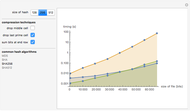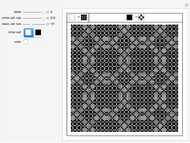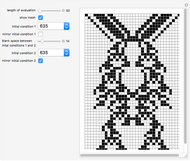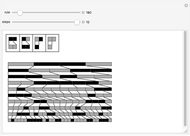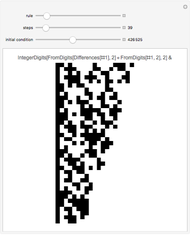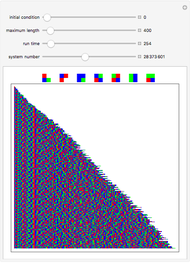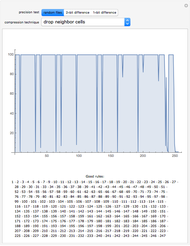Fingerprints of Electronic Files: Precision Tests

Requires a Wolfram Notebook System
Interact on desktop, mobile and cloud with the free Wolfram Player or other Wolfram Language products.
Information stored in digital documents can be lost during transmission, migration, or when the storage medium breaks down or is corrupted. To ensure that the data has not changed, you can perform a digital fingerprint procedure. A digital fingerprint is unique to each document and verifies the integrity (unaltered state) of the document.
[more]
Contributed by: Daniel Arndt Alves (March 2011)
Open content licensed under CC BY-NC-SA
Snapshots
Details
At every step, a cellular automaton rule is applied to the current state, and cells are dropped according to the compression technique being used. Each compression technique is subjected to three tests. In each test, the fingerprints of two related files are compared. If the fingerprints are distinct, the technique passes the test. The three tests use two random files, two files differing in only 2 bits, and two files differing in only 1 bit, respectively.
More information about Document Management Systems: Wikipedia.
This Demonstration was created during the New Kind of Science Summer School 2008 (NKS|Online) in Burlington, Vermont.
Permanent Citation
"Fingerprints of Electronic Files: Precision Tests"
http://demonstrations.wolfram.com/FingerprintsOfElectronicFilesPrecisionTests/
Wolfram Demonstrations Project
Published: March 7 2011







